(204) 228-1430
Non-Approved Conditions
Hyperbaric oxygen therapy is a medical procedure which you enter a closed body chamber to breathe pure air pressure levels that are higher than we naturally inhale
Did you know that there is 21% oxygen in the air that we breathe

Anoxic Brain Injury
Occurs when the brain is deprived of oxygen for a period of time, leading to brain cell damage or death. This can happen due to drowning, cardiac arrest, severe choking, or other conditions that prevent oxygen from reaching the brain. Symptoms can range from mild confusion to permanent brain damage, depending on how long the brain lacked oxygen. Immediate treatment is critical to minimize long-term effects.
Arthritis
A condition that causes inflammation and pain in the joints. It can lead to stiffness, swelling, and reduced movement in affected areas, such as the knees, hands, or hips. The most common types are osteoarthritis, which results from wear and tear on the joints, and rheumatoid arthritis, which is an autoimmune disease where the immune system attacks the joints. Treatment focuses on managing pain, reducing inflammation, and improving joint function.


Cancer (Treatment Surgery)
A treatment where doctors remove cancerous tissue or tumors from the body. It’s often used when the cancer is localized and hasn’t spread to other areas. The goal is to completely remove the tumor while preserving healthy tissue. Surgery may be combined with other treatments like chemotherapy or radiation to improve outcomes. It's a common approach for many types of cancer and can be curative or help relieve symptoms.
Cerebral Palsy
A group of neurological disorders that affect movement and muscle coordination. It is caused by damage to the brain before, during, or shortly after birth. People with cerebral palsy may have difficulty with muscle control, balance, and posture, and the severity can range from mild to severe. Symptoms can include spasticity, muscle weakness, and involuntary movements. While there’s no cure, treatments like physical therapy, medications, and surgery can help manage symptoms and improve quality of life.
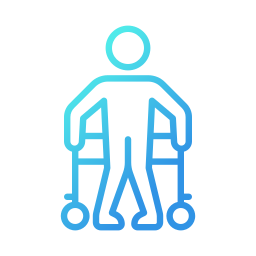
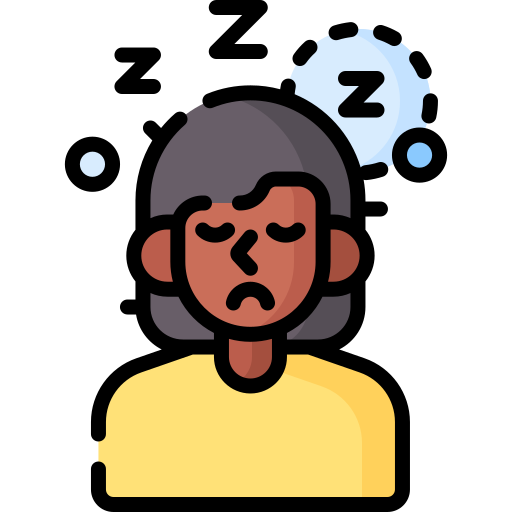
Chronic Fatigue Syndrome
A condition characterized by persistent, unexplained extreme fatigue that doesn't improve with rest. The fatigue can be severe and interfere with daily activities. Other symptoms may include sleep disturbances, memory problems, joint pain, and headaches. The cause of CFS is unknown, but it may involve viral infections, immune system issues, or stress. Treatment focuses on managing symptoms, as there is no specific cure.
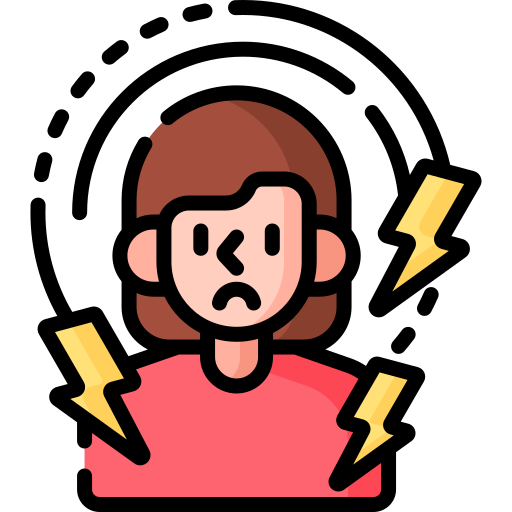
Chronic Pain
Pain that lasts for months or even longer, often after an injury has healed. It can occur in any part of the body and may be constant or come and go. Unlike acute pain, which serves as a warning sign, chronic pain persists without an obvious cause. Treatment focuses on managing pain through medications, physical therapy, and other methods to improve quality of life.
Complex Pain Syndrome (CRPS/RSD)
A chronic pain condition that typically affects a limb after an injury. It causes intense, burning pain, swelling, and changes in skin color and temperature. CRPS may also lead to joint stiffness, muscle weakness, and abnormal hair or nail growth in the affected area. The cause is unclear, but it's believed to involve nerve malfunction and an abnormal response of the body's nervous system. Treatment focuses on pain management, physical therapy, and sometimes nerve blocks.
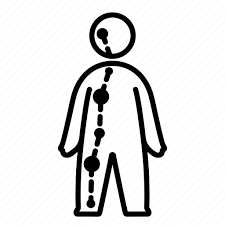
Complications of Scleroderma
A group of autoimmune diseases that cause hardening and tightening of the skin and connective tissues. It can lead to serious complications, including:
Lung problems: Scleroderma can cause scarring in the lungs (pulmonary fibrosis), leading to difficulty breathing.
Heart issues:
It may cause heartburn, arrhythmias, or even heart failure due to thickening of heart tissue or blood vessels.
Kidney problems:
Kidney damage can lead to high blood pressure or kidney failure.
Digestive issues: Scarring in the digestive tract can cause difficulty swallowing, acid reflux, and malabsorption of nutrients.
Raynaud’s phenomenon: Reduced blood flow to fingers and toes, causing them to turn white or blue in response to cold or stress.
Treatment focuses on managing symptoms and preventing complications through medication, lifestyle changes, and sometimes organ-specific therapies.
Concussion & Traumatic Brain Injury
Concussion is a mild form of
traumatic brain injury (TBI)
caused by a blow or jolt to the head, leading to a temporary disruption in brain function. Symptoms can include headache, dizziness, confusion, nausea, and memory problems.
Traumatic brain injury
(TBI) refers to any injury to the brain caused by external forces, ranging from mild (like a concussion) to severe (like a brain hemorrhage). More severe TBIs can lead to long-term cognitive, physical, and emotional issues, requiring immediate medical attention. Treatment for both focuses on rest, symptom management, and, in more severe cases, rehabilitation.
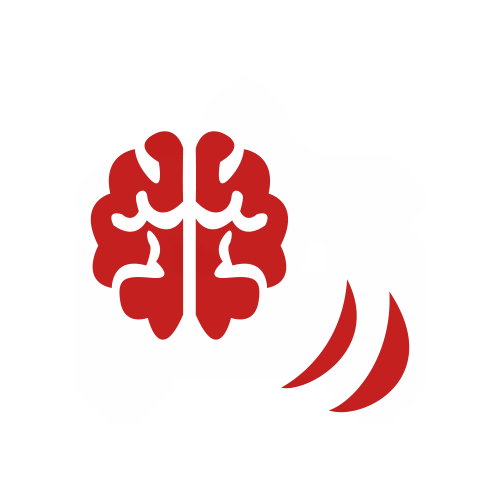

Crohn's Disease
Crohn's disease
is a chronic inflammatory bowel disease (IBD) that causes inflammation in the digestive tract, often affecting the small intestine and colon. It can lead to symptoms like abdominal pain, diarrhea, fatigue, weight loss, and sometimes fever. The exact cause is unknown but is thought to involve a combination of genetic, immune system, and environmental factors.
Crohn's disease can lead to complications such as bowel blockages, ulcers, and malnutrition. While there’s no cure, treatment options like medications (anti-inflammatory drugs, immunosuppressants) and sometimes surgery help manage symptoms and improve quality of life.
Fibromyalgia
Chronic condition characterized by widespread pain, tenderness, and stiffness in the muscles, ligaments, and joints throughout the body. People with fibromyalgia may also experience fatigue, sleep disturbances, memory problems, and headaches. The cause isn't fully understood, but it’s believed to involve an abnormal response to pain signals in the brain and nervous system. While there’s no cure, treatment focuses on managing symptoms with medications, exercise, stress management, and therapy.

Inflammatory Bowel Disease
A group of chronic conditions that cause inflammation in the digestive tract. The two main types are Crohn's disease, which can affect any part of the digestive tract, and ulcerative colitis, which primarily affects the colon and rectum. Symptoms include abdominal pain, diarrhea, weight loss, and fatigue. The exact cause is unknown but may involve immune system dysfunction and genetic factors. Treatment typically includes medications to reduce inflammation, manage symptoms, and sometimes surgery to remove damaged sections of the digestive tract.
Interstitial Cystitis
Also known as bladder pain syndrome, is a chronic condition causing bladder pain, pressure, and frequent urination, often with no obvious cause. The exact cause is unclear but may involve inflammation or irritation of the bladder lining. Symptoms can range from mild discomfort to severe pain and may worsen with certain triggers, such as stress or certain foods. Treatment focuses on symptom management and may include medications, bladder instillations, physical therapy, and lifestyle changes.

Lyme Disease
An infectious disease caused by the Borrelia bacteria, transmitted through the bite of an infected tick. Early symptoms include a characteristic bull's-eye rash, fever, fatigue, and muscle aches. If untreated, it can lead to more severe issues like joint pain, heart problems, and neurological symptoms. Lyme disease is diagnosed with blood tests and treated with antibiotics. Early treatment is key to preventing long-term complications.
Migraine/Headache
A severe, recurring headache often accompanied by symptoms like nausea, vomiting, and sensitivity to light or sound. It may last for hours or days and can be triggered by factors like stress, certain foods, or hormonal changes. Tension headaches, on the other hand, are the most common type of headache, causing mild to moderate pain and pressure around the head. Migraines tend to be more intense and disruptive than regular headaches. Treatment for both includes pain relief medications, lifestyle changes, and avoiding triggers.

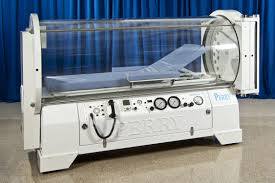
Multiple Sclerosis
A chronic disease where the immune system mistakenly attacks the protective covering of nerve fibers (myelin) in the central nervous system (brain and spinal cord). This damage disrupts communication between the brain and the body, leading to symptoms like muscle weakness, vision problems, balance issues, numbness, and fatigue. MS can vary in severity and may cause periods of flare-ups followed by remissions. While there’s no cure, treatments focus on managing symptoms, slowing disease progression, and improving quality of life.
Pancreatitis
Inflammation of the pancreas, an organ that helps with digestion and blood sugar regulation. It can be acute (sudden and severe) or chronic (long-lasting). Common causes include heavy alcohol use, gallstones, or high levels of fats in the blood. Symptoms include severe abdominal pain, nausea, vomiting, and fever. Treatment typically involves hospitalization to manage pain, fluids, and rest for the pancreas, with long-term management to prevent further episodes. In severe cases, surgery or other interventions may be needed.

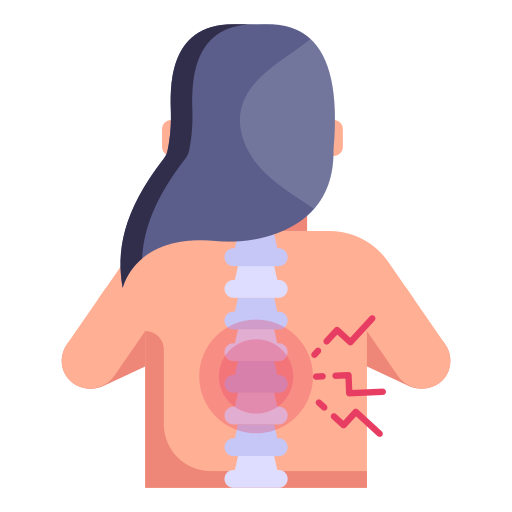
Spinal Cord Injuries
When the spinal cord is damaged due to trauma (like a car accident or fall) or disease, leading to a loss of function, sensation, or movement below the injury site. The severity depends on the location and extent of the injury. Damage to the upper spinal cord (cervical region) can cause paralysis of the arms and legs (tetraplegia), while lower injuries (lumbar or thoracic) may affect the legs (paraplegia). Treatment focuses on preventing further damage, rehabilitation, and improving quality of life through physical therapy, medications, and sometimes surgery.
Sport Injuries
Are physical injuries that occur during exercise or athletic activities. Common types include sprains (ligament injuries), strains (muscle or tendon injuries), fractures, dislocations, and contusions (bruises). They can result from sudden trauma, overuse, improper technique, or inadequate warm-up. Symptoms typically include pain, swelling, bruising, and limited movement. Treatment often involves (R.I.C.E.) rest, ice, compression, and elevation, along with physical therapy and, in some cases, surgery. Prevention includes proper training, warm-ups, and using protective equipment.
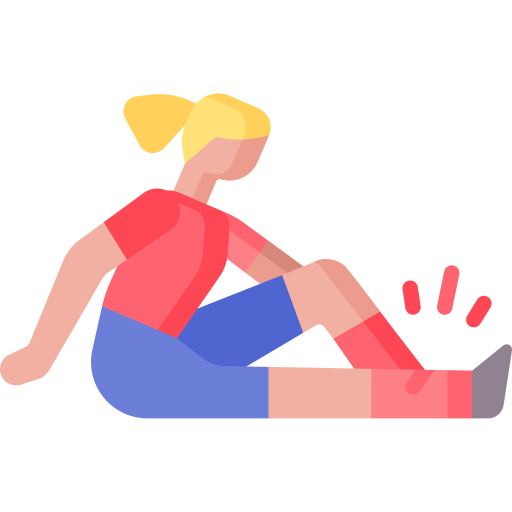
Surgery Preparation & Accelerated Recovery
Surgery preparation
involves steps taken before an operation to ensure the procedure goes smoothly and safely. This may include medical assessments, fasting, stopping certain medications, and discussing anesthesia options with your doctor. It’s also important to arrange post-surgery care, such as help at home.
Accelerated recovery
refers to strategies that help patients recover faster after surgery. This can include pain management, physical therapy, early mobilization (getting up and moving), proper nutrition, and staying hydrated. The goal is to reduce recovery time, minimize complications, and help the patient return to normal activities as quickly as possible.
Ulcerative Colitis
A chronic inflammatory bowel disease (IBD) that causes long-term inflammation and ulcers in the lining of the colon and rectum. Symptoms include abdominal pain, diarrhea (often with blood or mucus), fatigue, and weight loss. The exact cause is unclear but is thought to involve an immune system malfunction. Treatment focuses on reducing inflammation, managing symptoms with medications (like anti-inflammatory drugs or immunosuppressants), and in some cases, surgery to remove the colon if the disease is severe or unresponsive to treatment.
4o mini
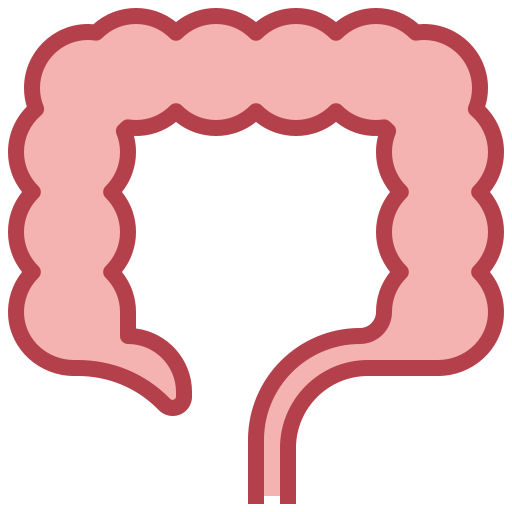
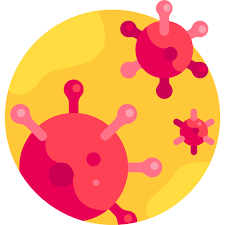
Covid-19
A respiratory illness caused by the SARS-CoV-2 virus, which emerged in late 2019. It spreads primarily through respiratory droplets when an infected person coughs, sneezes, or talks. Symptoms can range from mild (fever, cough, fatigue) to severe (shortness of breath, chest pain, or organ failure). It can lead to complications, especially in older adults or those with underlying health conditions. Vaccines and treatments have helped reduce severe cases. Preventive measures include wearing masks, social distancing, and good hand hygiene.
Retinitis Pigmentosa
A group of rare, inherited eye disorders that cause progressive damage to the retina, the light-sensitive tissue at the back of the eye. It typically leads to gradual vision loss, starting with difficulty seeing at night (night blindness) and narrowing of the field of vision (tunnel vision). Over time, it can result in complete blindness. There is no cure, but treatment may involve managing symptoms, using devices to assist vision, and ongoing monitoring by an eye specialist.
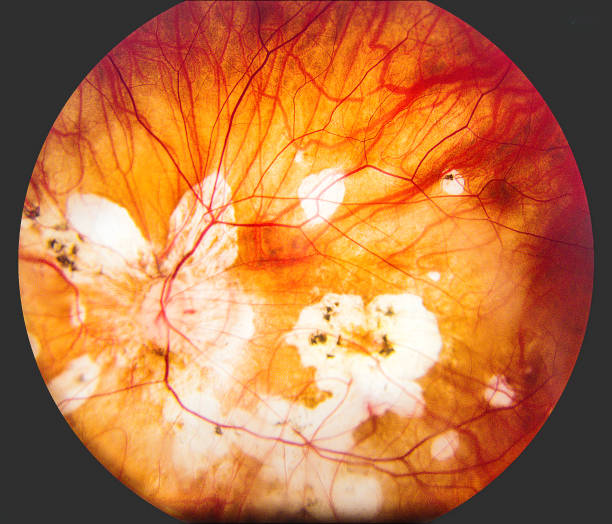
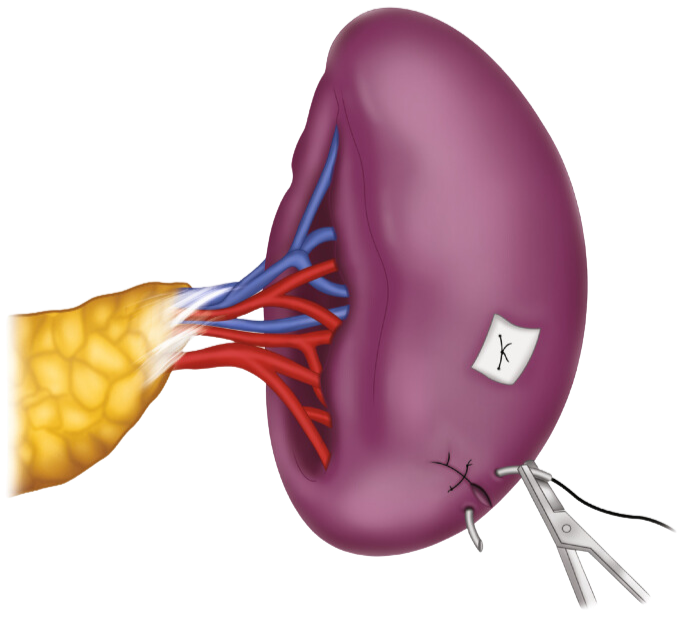
Spleen Injuries
Spleen injuries, often resulting from blunt abdominal trauma, can range from minor bruising to severe rupture. The spleen, an organ located in the upper left side of the abdomen, plays a crucial role in filtering blood and supporting the immune system. Injuries to the spleen are common in cases of car accidents, falls, or sports injuries. Symptoms of a spleen injury may include left upper abdominal pain, tenderness, and signs of internal bleeding like dizziness or fainting. Severe spleen damage may lead to hemorrhagic shock, requiring immediate medical intervention. Treatment can vary from observation and supportive care to, in severe cases, surgical removal of the spleen (splenectomy) if the bleeding cannot be controlled.
Anti-aging
Hyperbaric Oxygen Therapy (HBOT) is an innovative treatment that promotes anti-aging by delivering pure oxygen to the body in a pressurized chamber. This process enhances oxygen absorption into the bloodstream, stimulating collagen production, reducing inflammation, and improving cellular repair. HBOT boosts circulation, supports skin rejuvenation, and helps combat oxidative stress, which can lead to visible signs of aging. The therapy also enhances energy levels and supports overall vitality, making it a sought-after solution for maintaining a youthful appearance and promoting longevity.

Get Started Today
Schedule an appointment with us today by calling
(204)-800-9144 or using the contact form below
main about our staff services contacts
